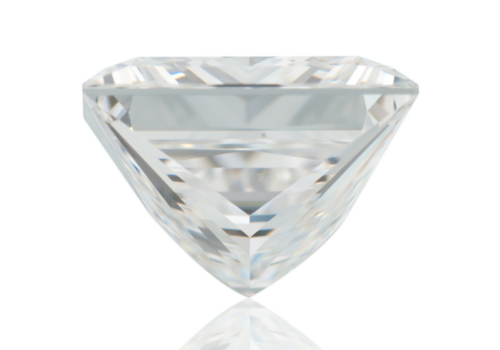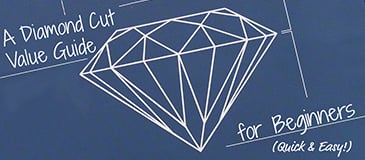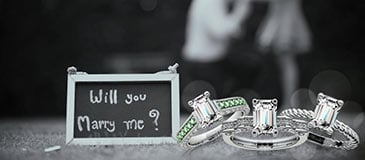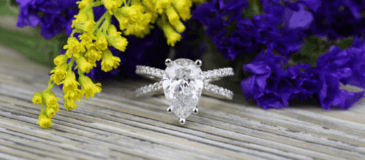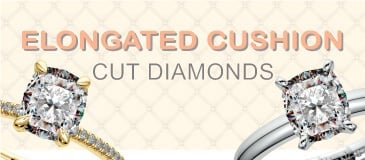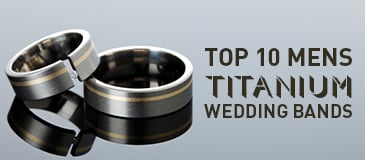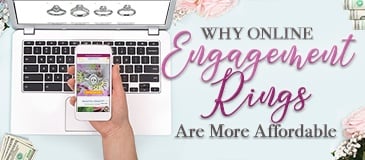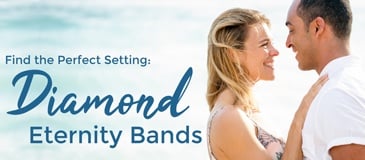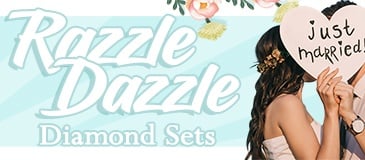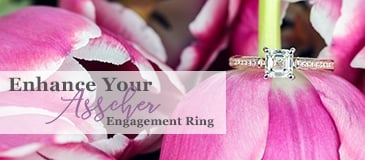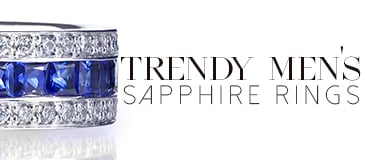How to Buy Loose Princess Diamonds That Are Certified
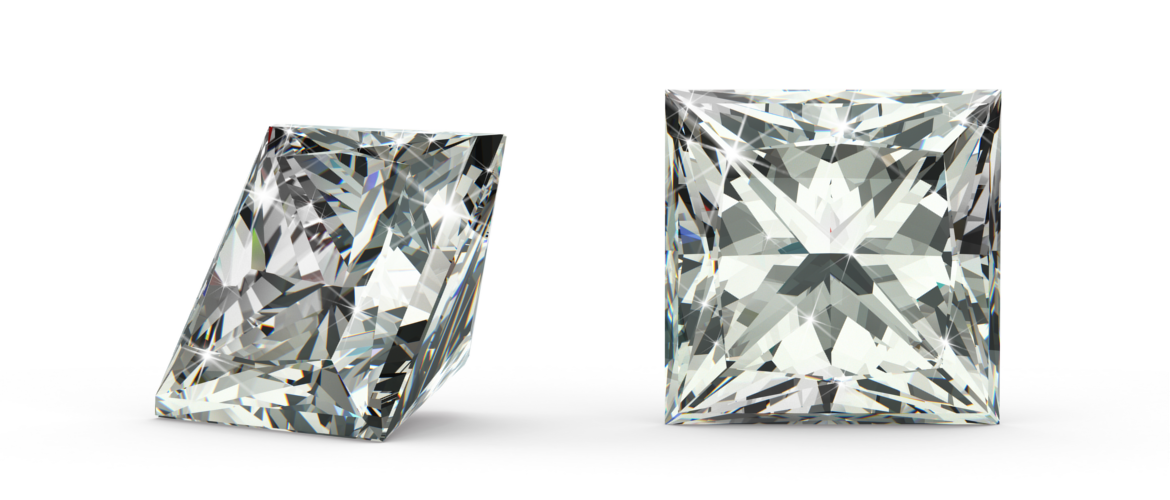
The princess cut diamond is one of the most popular choices for engagement rings all over the world. The style has certainly earned this honor. The princess cut diamond combines classic and modern trends to present a diamond with a chic, geometric shape and all the fire you'd expect, making it one of the most beautiful diamonds in history.
A stone like this looks absolutely breathtaking in just about any setting. This is one reason why some shoppers consider buying a loose princess cut diamond, rather than one that is set into a ring. With a loose diamond, you can focus on the quality of the stone itself, plus you have the freedom to create the perfect setting for the person you love. But how do you go about finding that perfect, certified, princess cut diamond? Here are a few helpful hints:


